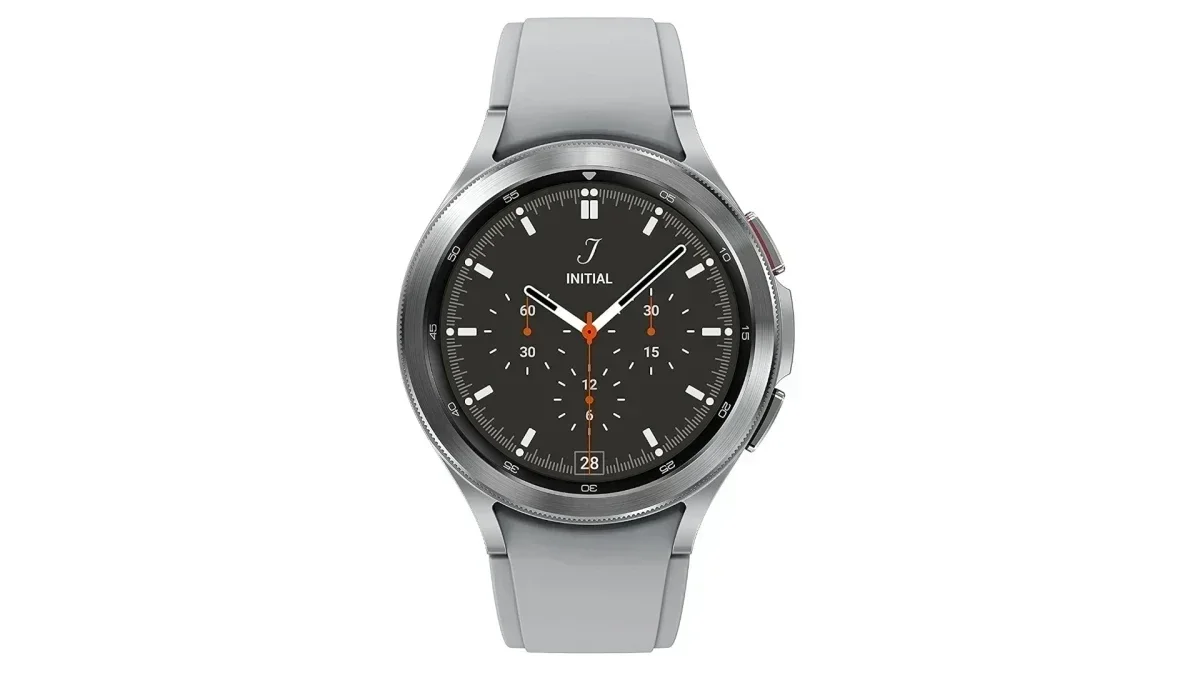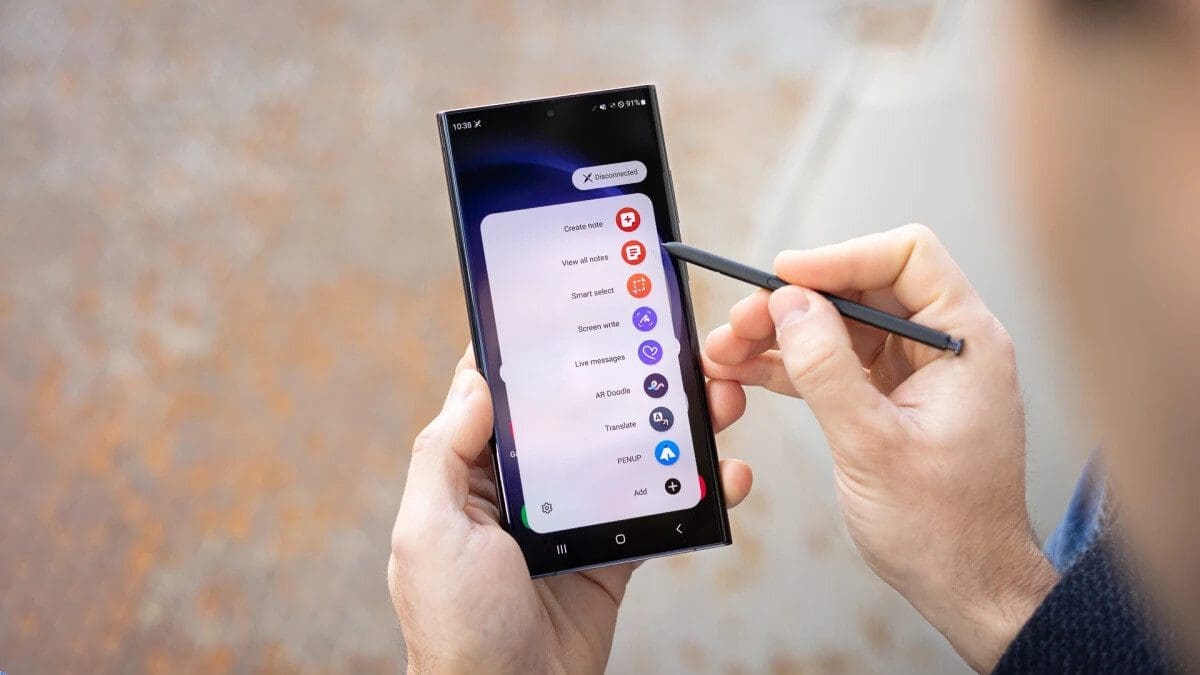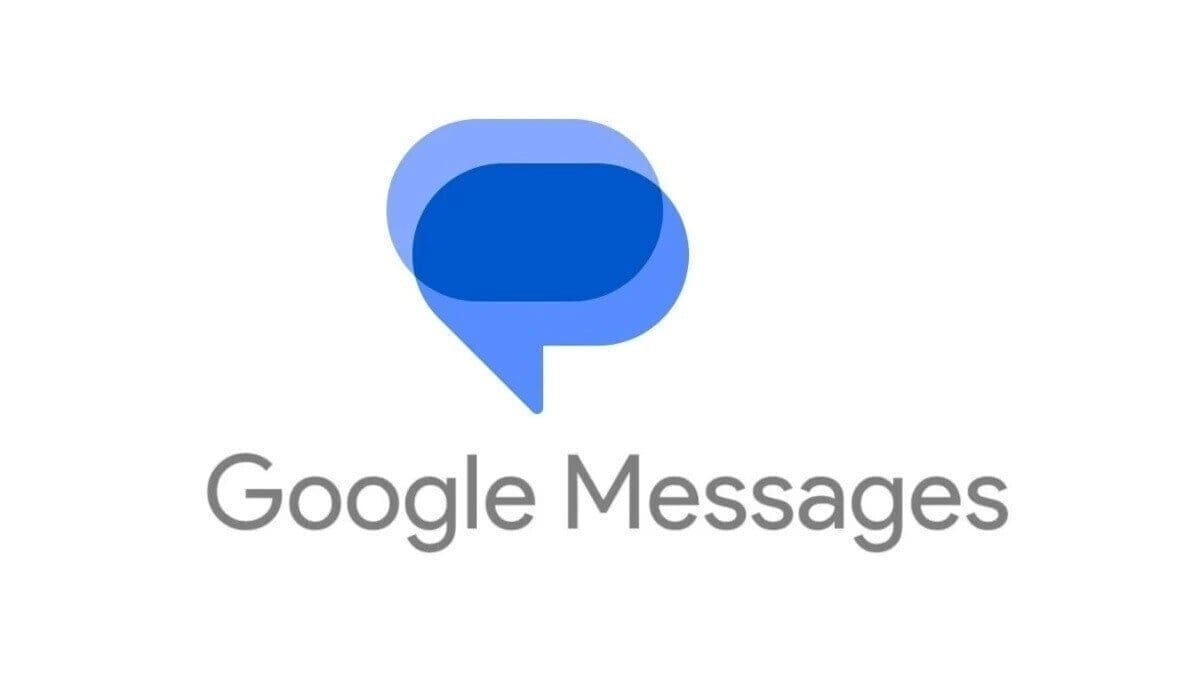Modern smartphones are delicate and prone to damage, which is why protective cases are so popular. One of the key components in smartphone durability is the screen, which needs tough, transparent material to resist scratches and damage. That’s where Gorilla Glass comes in.
The first iPhone had a plastic screen that quickly got scratched. To fix this issue, Corning, an American glass and ceramics company, was asked to develop a solution. The result was Gorilla Glass, introduced in 2007.
Corning actually started experimenting with this type of glass in the 1960s, and in 2005 began steps toward developing a product for consumer electronics. Gorilla Glass differs from tempered glass, relying on chemical processes to make it harder and more resistant to damage through a process called ion exchange.
This process involves dipping a sheet of regular glass in a bath of hot, molten potassium salt at extreme temperatures, which replaces smaller sodium ions with larger potassium ions, forming tighter bonds to make the surface of the glass more durable.
Since its introduction in 2008, Corning has developed different Gorilla Glass models. In January 2024, Corning unveiled Gorilla Glass Armor, claiming up to three times better performance in drop tests and four times the scratch resistance compared to rival aluminosilicate cover glasses, as well as enhancing visual clarity.
While the differences between generations of Gorilla Glass may seem small, these factors can make a difference in preventing screen breakage. It’s important to have the latest version on your phone to ensure the best protection.
Gorilla Glass is not only used in smartphone displays, but also in car windshields, windows for residential and business buildings, laptop, monitor, and TV displays, and many other tough and scratch-resistant glass applications.
While Gorilla Glass is harder and more durable than normal glass, it does have alternatives, such as Sapphire Crystal. However, Sapphire Crystal is deemed too expensive and overkill for the mainstream smartphone market, and also transmits less light, resulting in dimmer displays.










